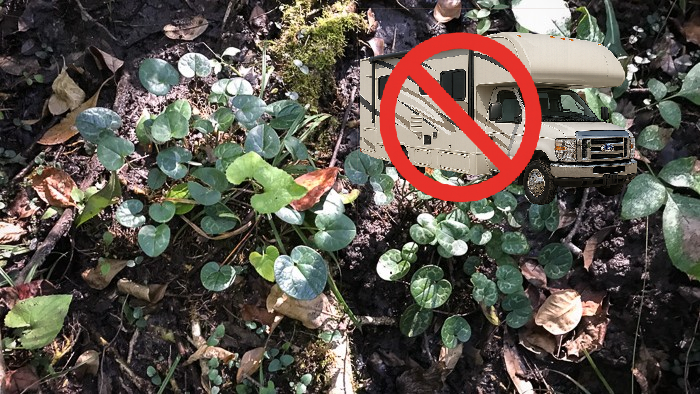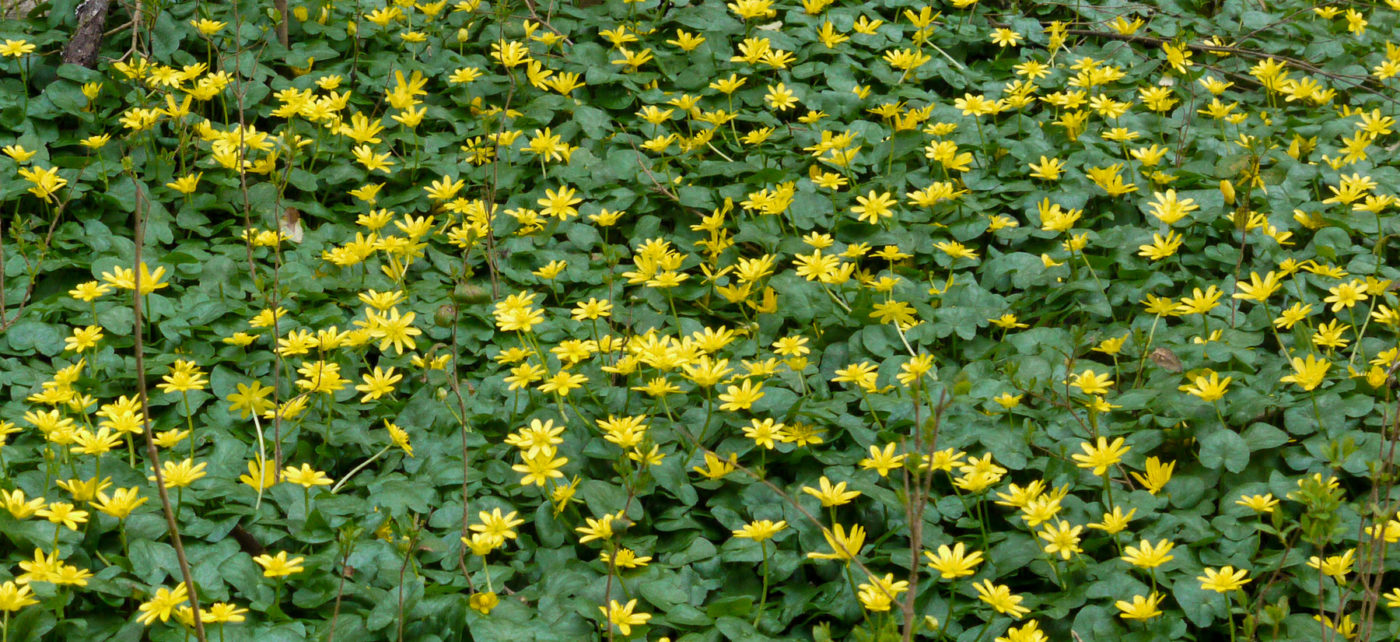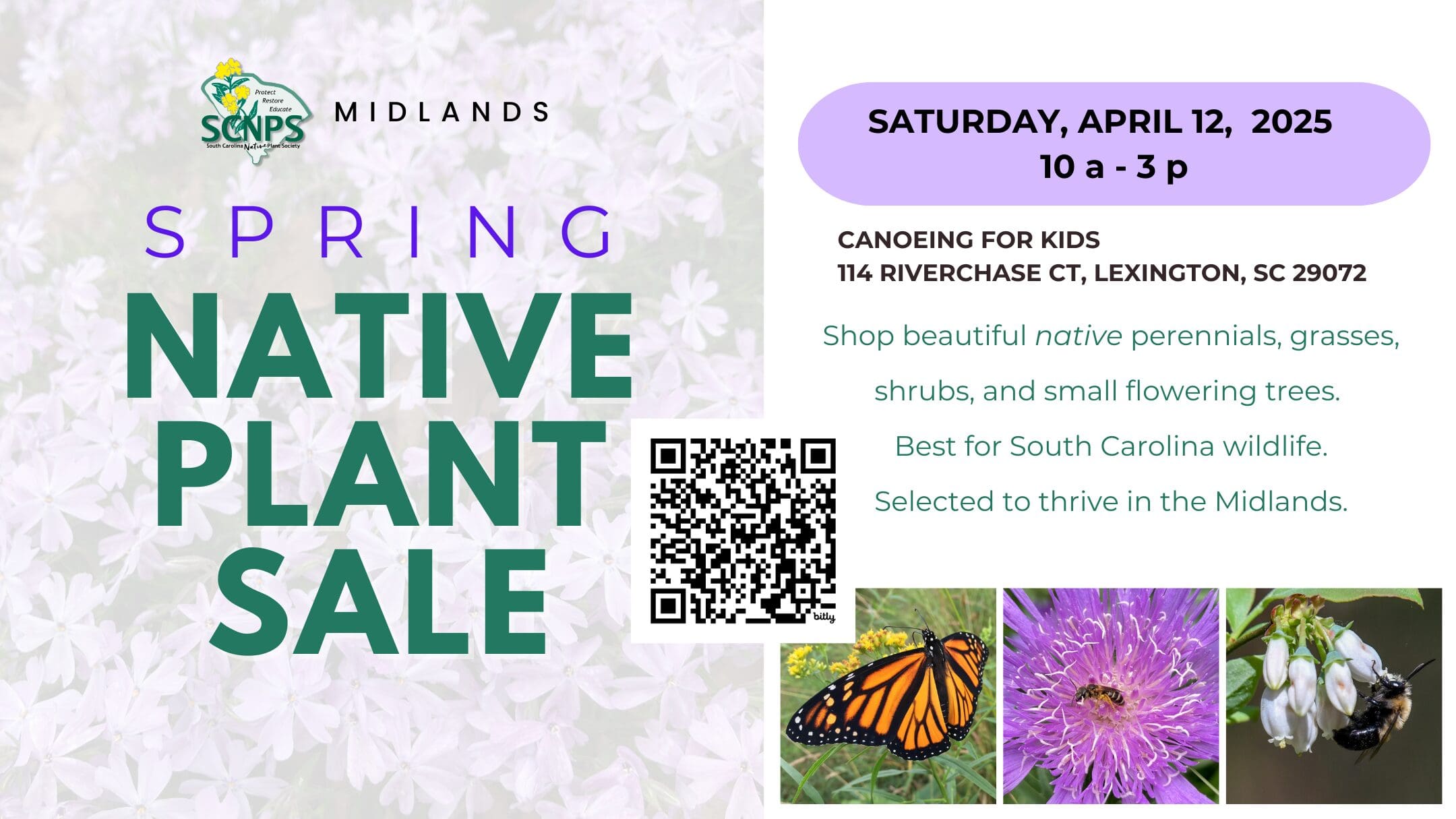by Frank Holleman
The proposed T. Tree Farms RV Park would be located along Goldmine Creek—right in the same critical habitat where the rare dwarf-flower heartleaf (Hexastylis naniflora) grows. This federally threatened plant is found only in a few counties in the Piedmont region of the Carolinas and depends on undisturbed, moist hardwood forest habitat that’s becoming increasingly rare.
On May 6, the Spartanburg County Planning Commission voted 6–2 to table the application for the RV park. The developer is now required to conduct an ecological study and plant survey to determine how the site can be developed without harming the plants. The Commission made it clear that it would not approve the plan without this information. This is a great victory for the plants—and a totally different approach from the last time this proposal came before the Commission. It also prevents the developer from moving forward without first addressing the site’s ecological concerns.
In more good news, local landowners filed a separate lawsuit against the owner of the property where the developer plans to build a water line to serve the RV park. The Circuit Court had previously ruled that the RV park must be connected to a public water system—not a well. To comply, the developer purchased an easement across a neighboring property. However, that property is protected by conservation deed covenants that prohibit commercial development. On May 16, the Court issued a temporary restraining order blocking construction of the water line through that property.
So, while the struggle isn’t over, these are encouraging developments. Believe it or not, this has been going on for four years. We’ve won a number of battles along the way—and the RV park still hasn’t been built. These latest actions are another meaningful move toward holding this project accountable to the laws and requirements it continues to violate—and protecting one of South Carolina’s rarest native plants.
For background on this issue, see:




